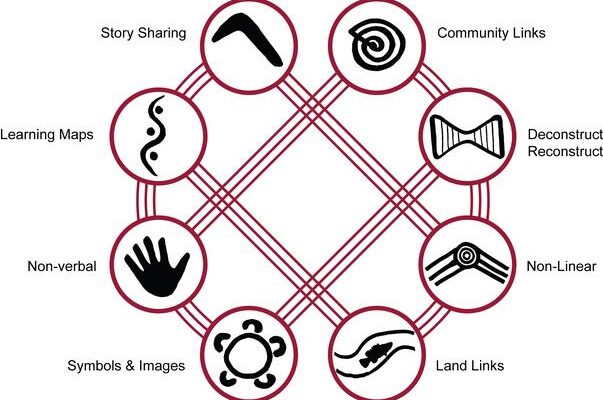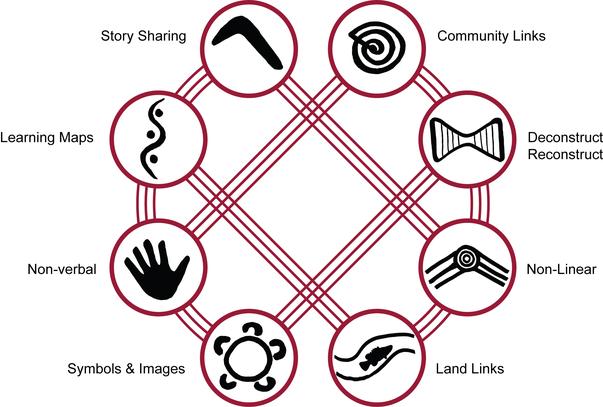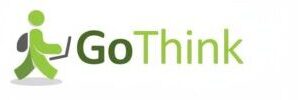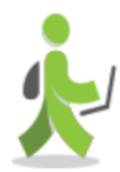
What can Indigenous ways of Learning help Corporate Learning
February 27, 2023
Overview
Indigenous Australians have a rich history and culture that has been passed down through generations. Their ways of learning are based on a deep connection to the land, an understanding of the interconnectedness of all living things, and a strong sense of community. These ways of learning can be applied to corporate learning to create a more holistic and inclusive approach to training and development.
1 Learning Maps
also known as the Indigenous Knowledge Maps, are a series of visual representations of the knowledge systems and practices of various Indigenous groups in Australia. These maps aim to showcase the deep and complex knowledge that Indigenous Australians have developed over thousands of years about their environment, community, and culture.
The maps provide a way for Indigenous knowledge to be shared and appreciated by a wider audience, and can also be used as a tool for education and reconciliation efforts. They often include information on traditional practices such as hunting, gathering, and land management, as well as cultural knowledge around language, storytelling, and spirituality.
The maps are typically created through a collaborative process involving Indigenous communities and knowledge holders, as well as researchers and other stakeholders. They can take various forms, from hand-drawn illustrations to digital interactive maps.
In the modern enterprise, especially post covid we have had to re-invent Learning Maps in the form of Story Mapping to capture and share the collective vision of the company or product. We have found them to be a very valuable an powerful too.

2 Storytelling
Storytelling is an important part of Indigenous Australian culture. Stories are used to convey important messages, and to teach values and traditions. Corporate learning can incorporate storytelling as a way to communicate important information and values to employees. Stories can be used to illustrate the company’s mission and values, and to teach employees about the company’s history and culture.
3 Community Links
Their is an appreciation that everyone in the community has a unique perspective that can bring value.
While in the culture, elders and mentors are highly respected and play an important role in passing down knowledge and wisdom. Similarly for executives it is often the lowest paid employee who has the data and direct experience that can best inform the decisions.
4 Deconstruct and Reconstruct
In Aboriginal learning, teaching is starts from the holistic model and then it is broken down to see the parts and reconstructed again. Modern employees seldom like to be a cog in a bigger wheel without knowing their context and the bigger purpose. We use this process to align corporate vision, team visions down to an individuals purpose so everyone can see the big picture.
5 Non-linear
We learn to our cost that success is seldom a straight line. We plan A -> B -> C but from experience we learn that we must be more iterative to achieve our goals where each iteration we complete a little of A, B and C learning each time until the whole is complete.
6 Land Links – Deep Listening
Indigenous Australians have a deep connection to their environment, which they believe is alive and has its own spirit. They have a strong understanding of the natural environment and the impact that humans have on it. Corporate learning can adopt this approach to training, and ensuring that employees understand the impact of their actions on the (business) environment.
7 Symbols and Images
Organizations understand the importance of brands and symbols in their marketing. However they can also be used as a powerful tool to capture our corporate vision, our rules and standards as well as to give each project it’s own sense of community. Indigenous understood that symbols were often an efficient way to save the 1000 words equivlant.
8 Non-verbal communication:
Non-verbal communication, such as body language, gestures, and symbols, plays a significant role in transmitting knowledge. It is important that our context should be consistent with our communication.
Conclusion
Indigenous Australian ways of learning can offer a unique and holistic approach to corporate training and development. By incorporating a deep connection to the land, an understanding of the interconnectedness of all living things, storytelling, learning by doing, and elders and mentors, companies can create a more inclusive and effective learning environment for their employees. This approach not only benefits the employees, but also helps to create a more sustainable and socially responsible corporate culture.
Links and Reference
Table of Contents

Richard Donovan is a CEO and consultant who has led both technical and agile transformations in many industries from Banking, Fintech, Logistics, Media and Telecoms.
Having worked with leading enterprises in his field Richard found that technology is often the smallest challenge and the team(s) and executive alignment and by far the hardest and most important challenges.
After decades of research goThink has evolved a visual and interactive workshop to discover the collative purpose, teach and ensure the adoption of the practices.
richard.donovan@gothink.tech

About Olga
Olga is a graduate anthropologist who graduate work studying tribal dynamics has now been applied to corporate team work and team building. Olga has worked in sales, team leading and agile development.
Olga can lead teams and executives in:
- Establishing the Corporate Vision
- Talent Acquisition
- Employee listening
- Team training
- Agile Training

